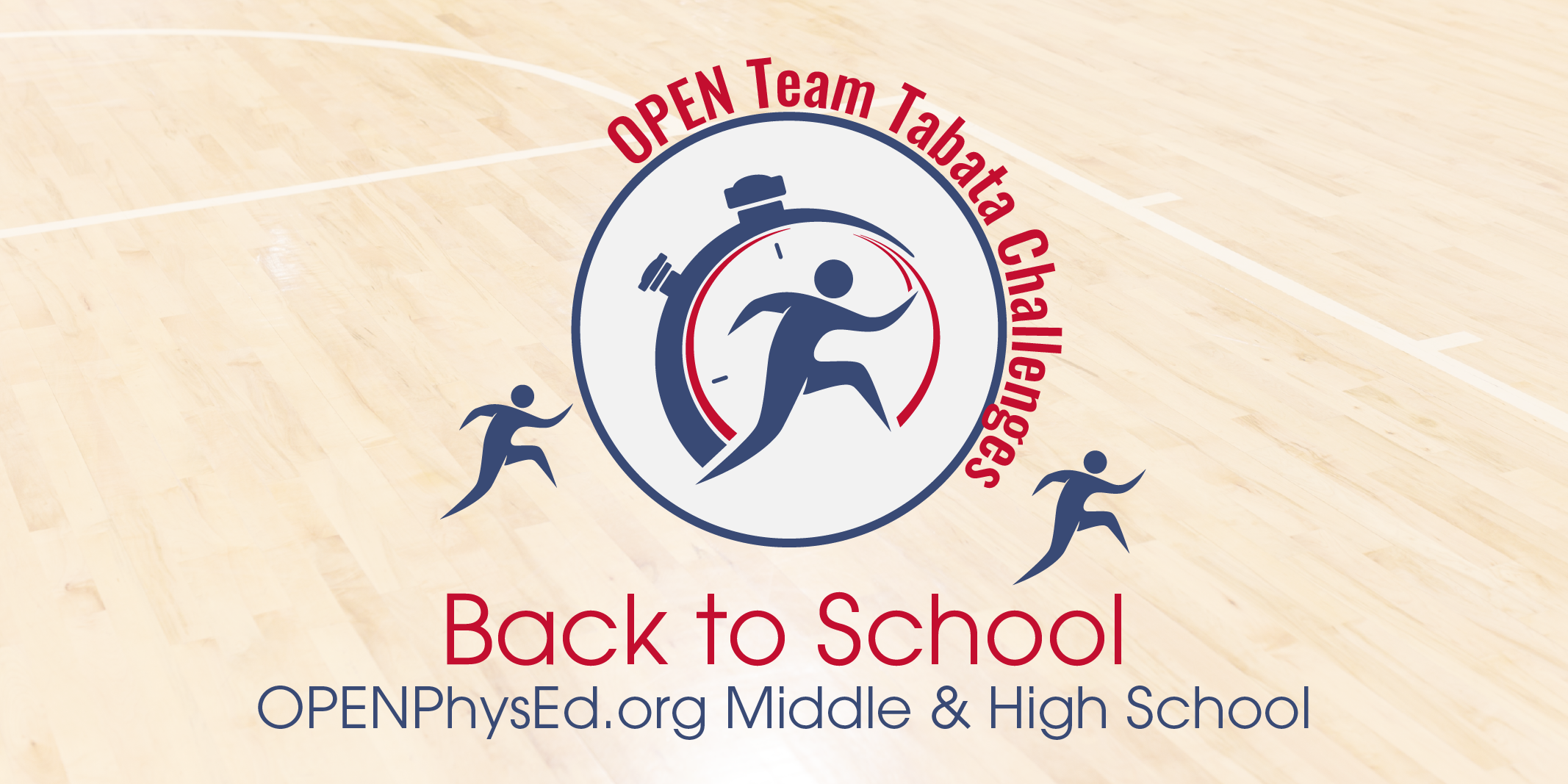

Local and international electives were cancelled. Medical students were removed from clinics, wards, intensive care units, and emergency departments. Halfway into the second semester, medical schools had to cease all face-to-face learning activities. In the Philippines, a low-middle-income country in Southeast Asia, classes in all levels were suspended in mid-March of 2020, after the government had put the country’s largest island Luzon and other major cities under lockdown. Notwithstanding, in survey studies during the COVID-19 pandemic in India, Pakistan, Nepal, Jordan, and Libya, the majority of medical students had a negative perception or expressed dissatisfaction towards online learning. In low- and middle-income countries, online learning has the potential to (1) address faculty shortage, expanding the reach of medical educators and improving their efficiency (2) improve access to health professions’ training, increasing the number of health workers and encouraging their retention in regional units and (3) facilitate collaboration with institutions that have more resources. The high risk of bias among several included studies, however, precluded the authors from drawing definitive conclusions. A recent systematic review suggested that online learning for undergraduate health professions was equivalent and possibly even superior to traditional methods of curriculum delivery. Online learning can provide students with foundational knowledge and confidence before exposure to real or standardized patients it has been used effectively to teach evidence-based medicine and to facilitate interprofessional education. The advantages of using online learning in medical education include improved accessibility of information, ease of standardizing and updating content, cost-effectiveness, accountability, and enhancement of the learning process, wherein students are motivated to be active learners.

Howlett defined online learning as “the use of electronic technology and media to deliver, support, and enhance both learning and teaching and involves communication between learners and teachers utilizing online content”. In a short span of time, medical educators had to adapt and innovate, designing online learning experiences to substitute for lost hours that would have been spent in the classroom, laboratory, or patient’s bedside.

To sustain medical education, it became necessary for medical schools to pivot to online learning-also called e-learning, web-based learning, or internet-based learning -as their primary means of curriculum delivery. These drastic measures intended to ensure safety of learners and educators, curb viral transmission in higher education institutions and hospitals, conserve personal protective equipment for essential staff, and reduce the teaching load of physicians deployed at the pandemic’s frontlines. During the early part of 2020, when little was known about the disease and no effective treatment or vaccine was available, medical schools in different countries had to suspend classroom teaching and remove students from their clinical placements. The coronavirus disease 2019 (COVID-19) pandemic disrupted undergraduate medical education worldwide. By implementing student-centered interventions, medical schools and educators play a significant role in addressing these challenges during the COVID-19 pandemic and beyond. Most frequently encountered were difficulty adjusting learning styles, having to perform responsibilities at home, and poor communication between educators and learners. Medical students in the Philippines confronted several interrelated barriers as they tried to adapt to online learning. Barriers were classified under five categories: technological, individual, domestic, institutional, and community barriers. Under prevailing conditions, only 1505 students (41%) considered themselves physically and mentally capable of engaging in online learning. To access online resources, 79% had a postpaid internet subscription while 19% used prepaid mobile data. ResultsĪmong 3670 medical students, 93% owned a smartphone and 83% had a laptop or desktop computer. Responses were compared between student subgroups using nonparametric tests. Using a combination of multiple-choice, Likert scale, and open-ended questions, the following data were obtained: demographics, medical school information, access to technological resources, study habits, living conditions, self-assessment of capacity for and perceived barriers to online learning, and proposed interventions. The authors sent out an electronic survey to medical students in the Philippines from 11 to. This study aimed to identify barriers to online learning from the perspective of medical students in a developing country. In March 2020, the coronavirus disease 2019 (COVID-19) pandemic forced medical schools in the Philippines to stop face-to-face learning activities and abruptly shift to an online curriculum.


 0 kommentar(er)
0 kommentar(er)
